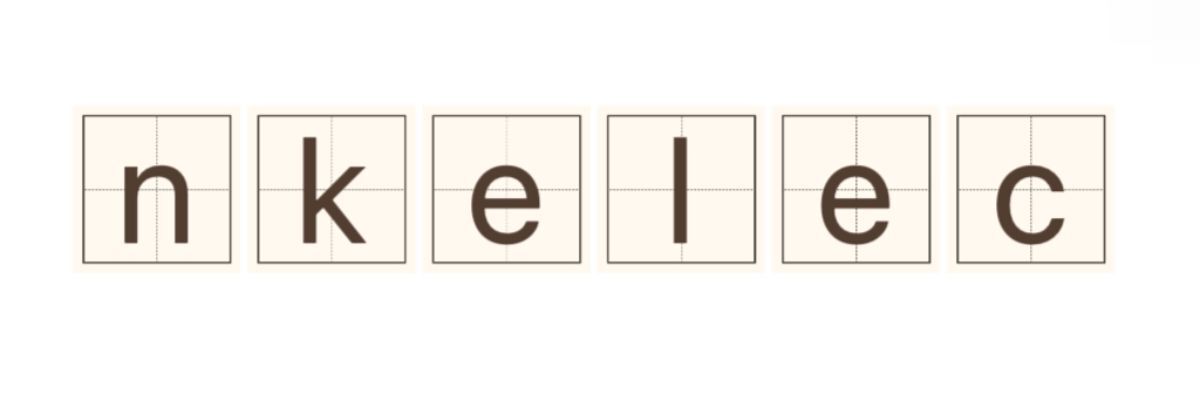How Small Signal Diodes Are Redefining Efficiency?
Small signal diodes are redefining efficiency by offering lower forward voltage drop and reduced reverse leakage current, making them essential components in modern electronic circuits.
The evolution of small signal diodes can be traced back to the early days of semiconductor technology. Originally developed as simple rectifying devices, they have undergone substantial improvements over the years. The introduction of advanced semiconductor materials, such as silicon and gallium arsenide, has allowed engineers to produce diodes that not only operate more efficiently but also occupy significantly less space on a circuit board. This miniaturization is particularly advantageous in an era marked by the relentless pursuit of compact and energy-efficient devices.
The Mechanics of Efficiency
The efficiency of a small signal diode is primarily determined by its electrical characteristics. Traditional diodes exhibit a notable forward voltage drop, typically around 0.7 volts for silicon-based types. However, small signal diodes are designed with a forward voltage drop that can be as low as 0.2 volts. This reduction means less energy is wasted as heat when current flows through the diode, which is especially crucial in battery-powered devices where every millivolt counts.
Another important aspect of small signal diodes is their reverse leakage current—the current that flows when the diode is reverse-biased. High leakage current can lead to increased power consumption and undesirable heat generation. Modern small signal diodes are engineered to minimize this leakage, maintaining efficient operation even at elevated temperatures or fluctuating conditions. This characteristic is the cornerstone of their use in RF and high-frequency applications, where signal integrity is paramount.
Applications and Innovations
The impact of these advancements in small signal diodes is far-reaching. They are now integral to a wide array of applications, including communications equipment, signal processing, and power management systems. For instance, in RF communication, small signal diodes are used for switching and mixing operations, while their efficiency helps ensure signal quality and stability in high-frequency designs.
Another major application is in power supply circuits, where small signal diodes are crucial for reducing energy losses. As manufacturers strive to meet stringent energy efficiency regulations, the use of low-voltage-drop diodes in power supplies translates into longer-lasting, more efficient devices that consume less power and generate less waste heat.
The Significance of Redefining Efficiency
The significance of small signal diodes extends beyond mere technical specifications; they embody a change in how we think about electronic design. In a world where technology permeates every aspect of our lives, the drive for efficiency equates to sustainability. By utilizing components that reduce power consumption, engineers contribute to lowering the overall carbon footprint of electronic devices. This ability to integrate energy-efficient components aligns with the growing global emphasis on sustainability and environmental responsibility.
Moreover, as technology progresses and the Internet of Things (IoT) continues to expand, the need for efficient, compact components like small signal diodes will only increase. These components enable more sophisticated devices to operate simultaneously without significant increases in power demand, promoting smarter energy use and enhanced performance in connected environments.
In summary, small signal diodes are redefining efficiency through lower forward voltage drops and reduced reverse leakage currents, ushering in a new era of sustainable electronics. Their ongoing development and application not only reflect technological advancement but also represent a proactive approach to energy conservation in modern circuitry, fundamentally reshaping the landscape of electronics.
Want more information on Schottky diode manufacturers, Custom High Voltage Transistor Supplier? Feel free to contact us.
380
0
0


Comments
All Comments (0)